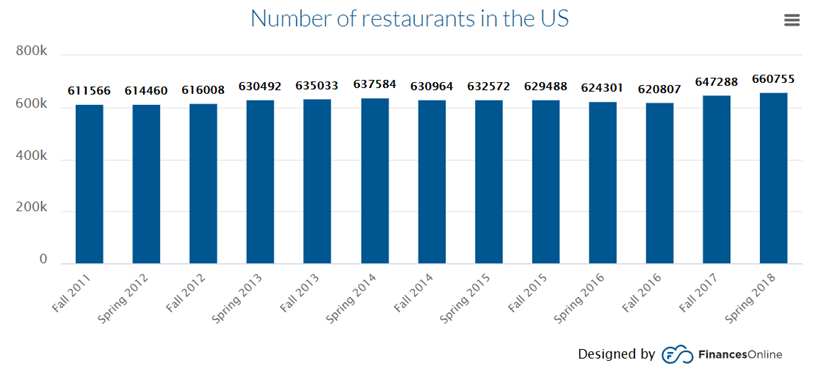
Consumers are expecting value for the money paid for their meal. There are many key opportunities to increase operational efficiency. Management must monitor inventory from arrival to its preparation and service in order to minimize waste. Labor costs can be reduced through efficient scheduling and the use of a computerized timekeeping system.
Proper use of equipment and utilities can control utility bills. Using a computerized timekeeping system can save labor costs. Software is also available to help manage seating and reservations. In future chapters, restaurant controls as well as the many technological advances in the field will be discussed in detail.
There are four types of restaurants with unique characteristics: full service (average check under $10), full service (average check over $10), fast food, and cafeteria service. Operational efficiency is the key to increasing restaurant profitability.
Auto276
Is Covid to blame for business closures or is it helping new startups? The answer is both
- $899 billion: Restaurant industry’s projected sales in 2020
-
1 million+: Restaurant locations in the United States (As of Aug. 31, some 163,735 businesses have indicated on Yelp that they have closed, a 23% increase since mid-July)


- 15.6 million: Restaurant industry employees
- 1.6 million: New restaurant jobs created by 2030
- 9 in 10 restaurant managers started in entry-level positions
- 8 in 10 restaurant owners started their industry careers in entry-level positions
- 9 in 10 restaurants have fewer than 50 employees
- 7 in 10 restaurants are single-unit operations
- Restaurants employ more minority managers than any other industry
- 63% of consumers would rather spend on an experience than purchase an item
- The number of middle-class jobs ($45K-$75K) in the restaurant industry grew 84% between 2010 and 2018, more than 3 times faster than in the overall economy.
